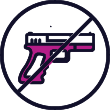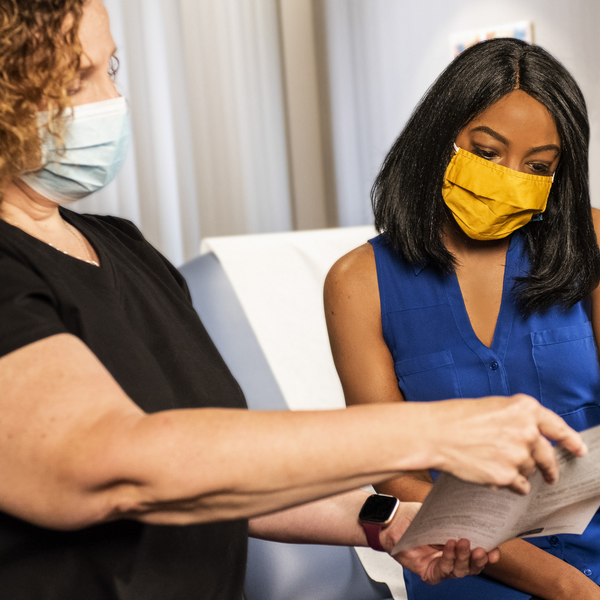Select Key Metrics on Community Violence
 VIOLENT CRIME RATES
VIOLENT CRIME RATES
Rate of violent crimes per 100,000 people; rate of firearm-related violent crimes per 100,000 people.
 HOMICIDE MORTALITY RATES
HOMICIDE MORTALITY RATES
Age-adjusted rate of homicide deaths per 100,000 people; rate of firearm-related homicide per 100,000 people.
Background
Gun violence in Philadelphia is a public health crisis. The rising rate of gun violence is having a dramatic impact on all Philadelphians with outsized effects on the communities in which the violence occurs.
Gun violence was fatal for approximately 1 in 5 of the 2,144 shooting victims in Philadelphia in 2020.
Non-Hispanic Black and Hispanic Philadelphians lose their lives to gun violence at disproportionate rates – devastating families and communities.
Exposure to gun violence, particularly incidents resulting in fatality, is an important determinant of mental health, increasing the risk of psychological distress, depression, suicidal ideation, and serious mental illness.
Source: Mapping Philadelphia's Gun violence Crisis, Office of the Controller | 2020. Note: Data labels reflect the percent of all shootings and fatal shootings, respectively.
The effects of gun violence exposure are particularly traumatizing for children. Moreover, almost 10% of the victims of gun violence in Philadelphia in 2020 were children under the age of 18. Twenty-five of these children died.
Ongoing Efforts in the Philadelphia Community
The City of Philadelphia’s five-year gun violence reduction plan, the Philadelphia Roadmap to Safer Communities, coordinates public, private, nonprofit, and community partners to facilitate programs, initiatives, and interventions across the city. These include a group violence intervention, a community crisis intervention program, Operation Pinpoint, targeted community investment grants, and environmental changes such as improving buildings and lighting.
Temple Health’s Cradle to Grave program offers young people a behind-the-scenes look into the physical, emotional, and social realities of firearm injury. During the two-hour program, participants explore the real life and death experiences of a Philadelphia teen whose story serves as the backdrop for this intimate look at gun violence. Since its inception in 2006, more than 13,000 young people have participated in the program.
Efforts listed here may be independent of Accelerate Health Equity. Check back to learn about a broader list of health equity efforts.

